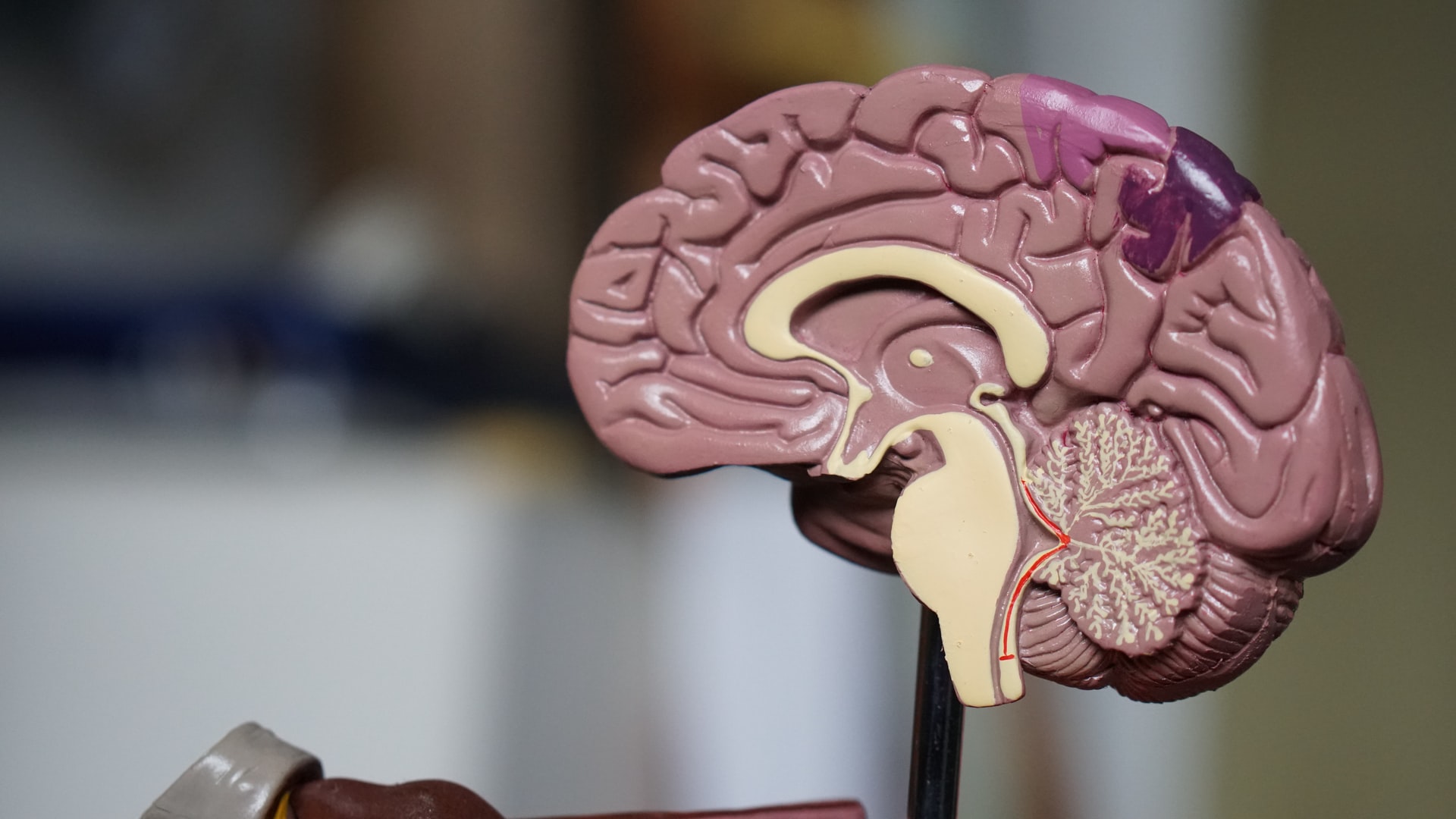
In conjunction with Stroke Awareness Month, we’re looking at some common myths and misconceptions surrounding strokes.
Myth: strokes only happen to old people
Strokes can occur at any age. More people between the ages of 18-65 are suffering strokes. This is probably caused by an equal rise in obesity and high blood pressure among this age group. Both these factors put you at greater risk of a stroke.
Myth: strokes begin in the heart
A stroke begins (and occurs) in the brain. There are three main types of strokes:
- ischemic strokes caused by a blood clot in arteries supplying blood to the brain. The clot prevents blood flow, starving brain tissue of oxygen.
- hemorrhagic strokes caused by burst blood vessels, aneurysms or excess bleeding in the brain. This excess bleeding puts pressure on brain tissue, causing physical damage.
- transient ischemic attacks, sometimes called mini-strokes, caused by blood flow to the brain becoming blocked for a short time.
Myth: strokes aren’t hereditary
The risk of stroke can be passed down through a family. Risk factors such as high blood pressure and diabetes have a genetic component. Rarer causes of strokes in young people, such as cardiac tumours, clotting disorders or blood vessel abnormalities can also be passed from one generation to the next. It’s important to know if these factors run in your family, and to take control of them before serious damage is done.
Myth: strokes aren’t preventable
According to the International Stroke Study, one of the biggest studies on stroke, 90% of strokes can be attributed to various risk factors including high blood pressure, diabetes and obesity. Controlling any and all of these can reduce your risk of suffering a stroke.
Myth: pain is a common sign of a stroke
Only 30% of stroke patients experience pain. For the symptoms of a stroke, remember FAST:
Face drooping
+ Arm weakness
+ Speech difficulty
= Time to get help now
Myth: to stop a stroke, prick the person’s fingers and squeeze out a drop of blood
Squeezing blood out of someone’s fingers will do nothing to reverse a clot or a burst blood vessel. This technique does not work and can delay actual treatment that may save their life or preserve normal movement.
Myth: aspirin or blood thinners can treat a stroke
Aspirin or blood thinners such as warfarin will not treat a stroke. In fact, taking them can make a hemorrhagic stroke even more dangerous.
Myth: strokes always cause permanent disability
Fast treatment of strokes can minimise the aftereffects. A stroke patient can recover and resume their everyday life with physiotherapy and occupational therapy.
As with all medical conditions, it’s important to know the truth about strokes, their symptoms, and what can happen after. Fast treatment of stroke can minimise the after effects, and therapy and support can help a patient return to normal life afterwards.
Resources
Angie W., MSN, RN, CCRN-K, SCRN, ANVP (2021) Top 5 Misconceptions of Stroke [Accessed: 15 May 2021] Available at: https://www.memorialcare.org/blog/top-5-misconceptions-stroke
Baptist Health (2017) Stroke Myths vs. Facts [Accessed: 15 May 2021] Available at: https://share.baptisthealth.com/stroke-myths-vs-facts/
Bob E. (2019) Pricking a person’s fingers will not stop a stroke [Accessed: 15 May 2021] Available at: https://apnews.com/article/archive-fact-checking-5234530223
CHRISTUS Health (2020) Stroke Myths and Facts [Accessed: 15 May 2021] Available at: https://www.christushealth.org/services-treatments/stroke-care/stroke-myths-and-facts
Doctor’s Health Press (2015) 9 Myths About Strokes Debunked [Accessed: 15 May 2021] Available at: https://www.doctorshealthpress.com/general-health-articles/9-myths-about-strokes-debunked/
Centers for Disease Control and Prevention (2021) Types of Stroke [Accessed: 15 May 2021] Available at: https://www.cdc.gov/stroke/types_of_stroke.htm